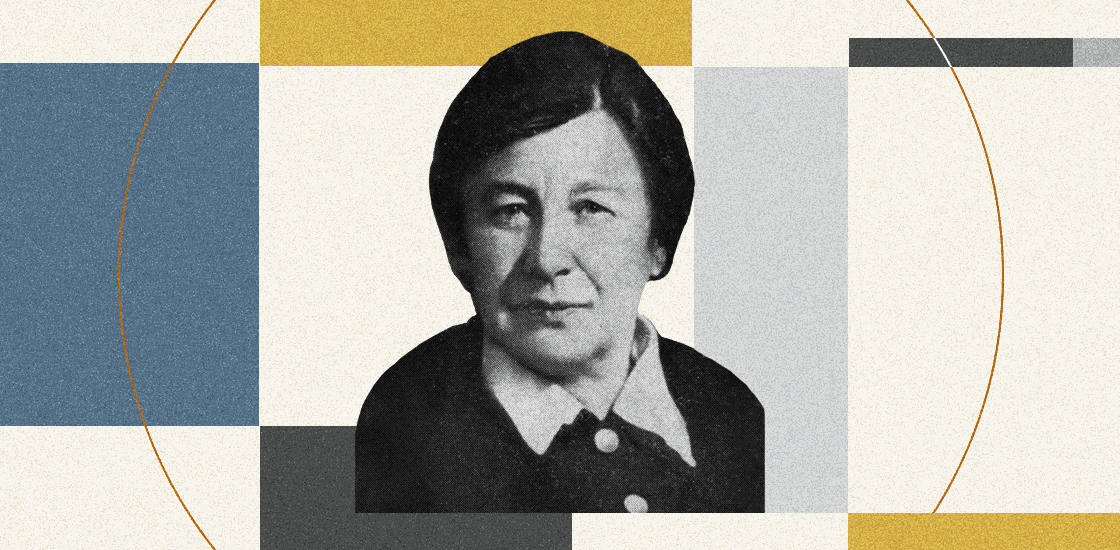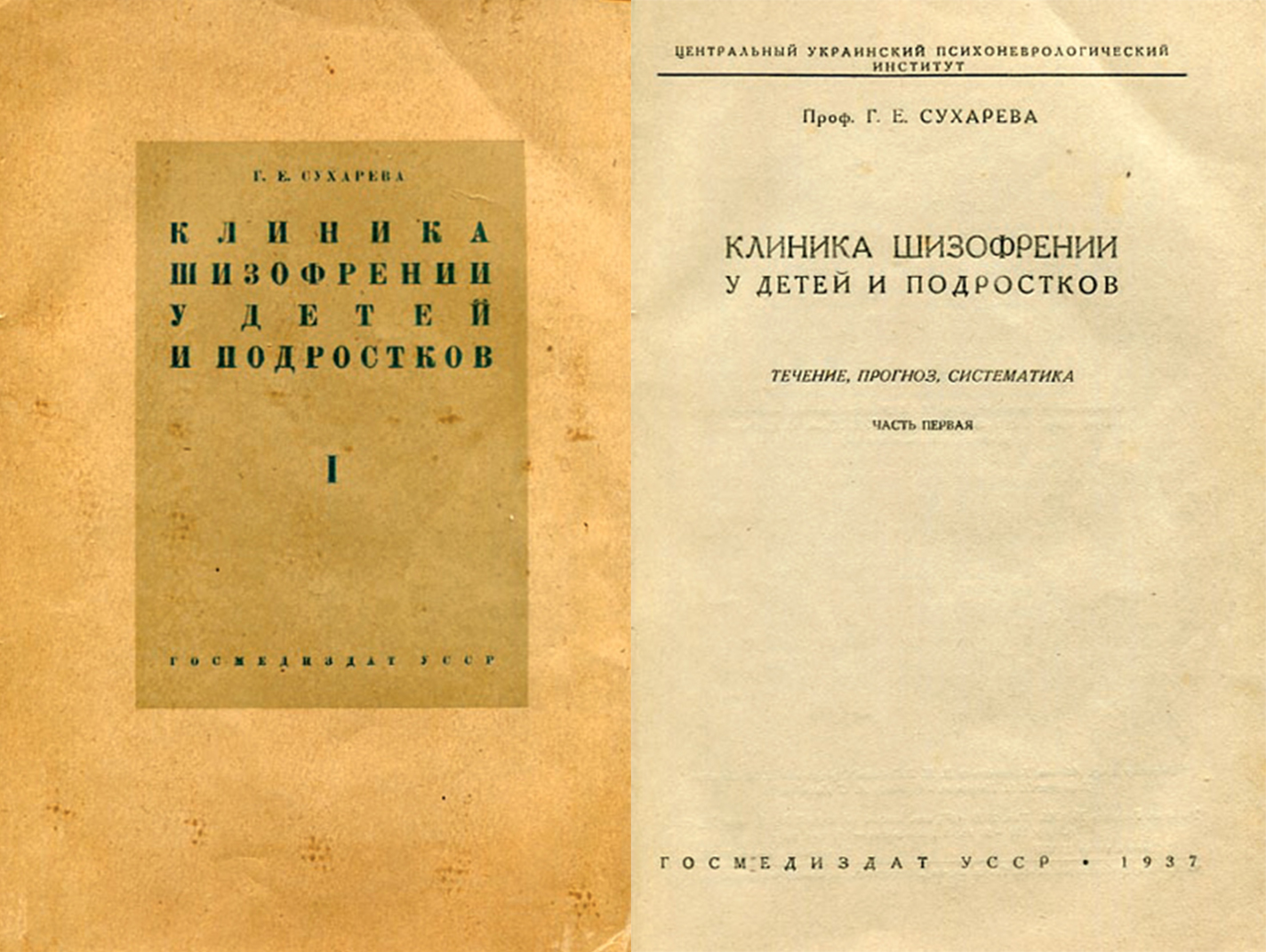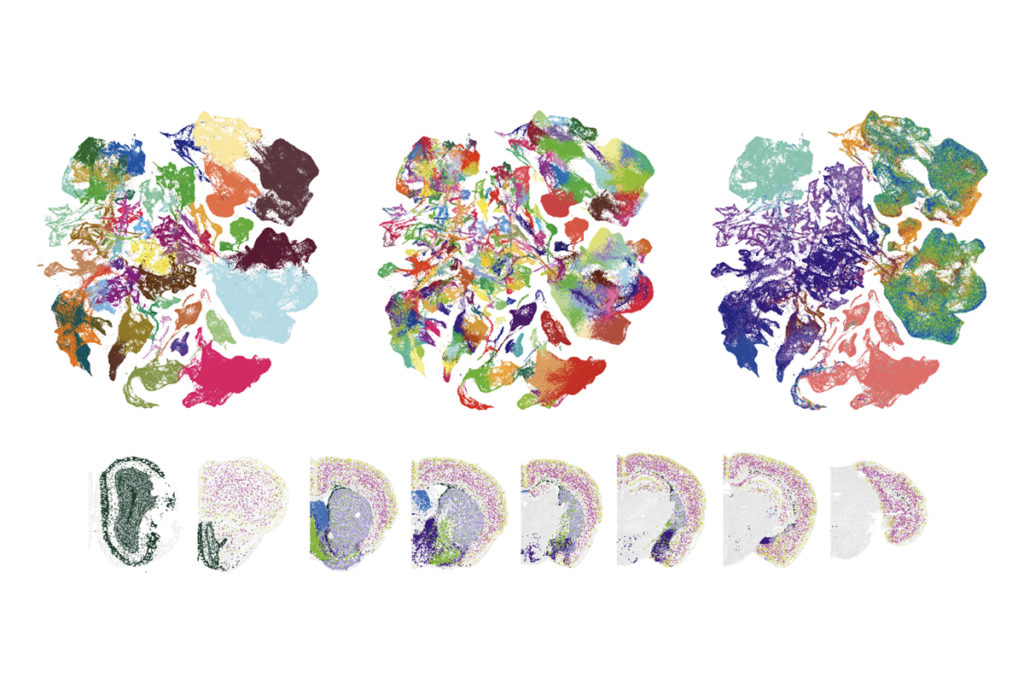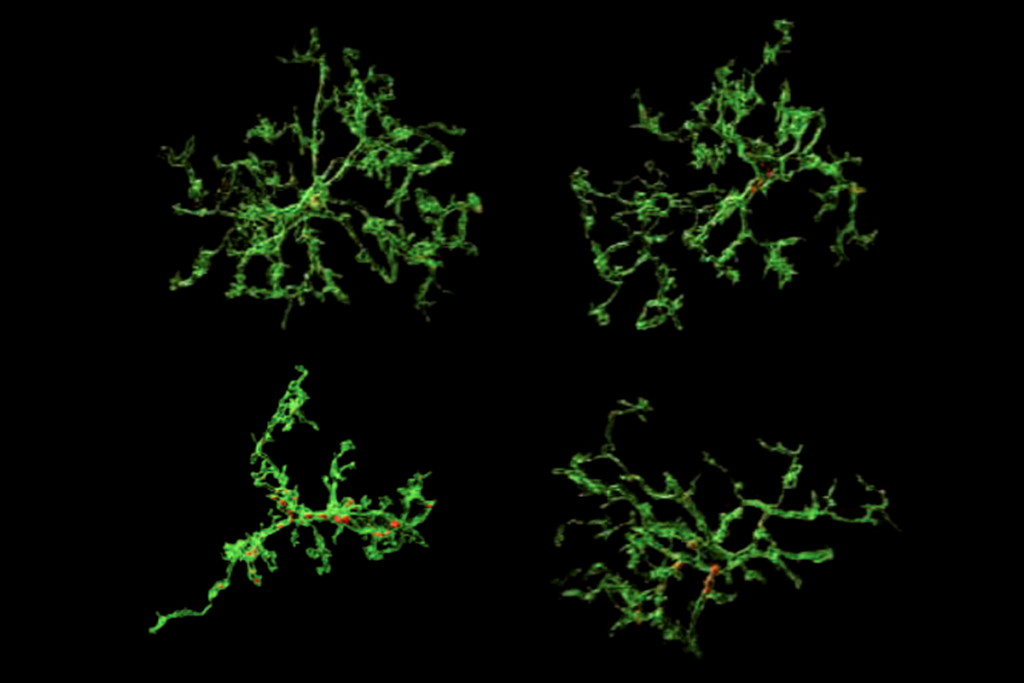The new history of autism, part I
For decades, two figures have dominated the history of autism studies. Today, newly excavated documents are calling into question the primacy of these men as founders of the field.

F
or 40 years, Leo Kanner and Hans Asperger have dominated virtually every story about the ‘pioneers of autism research.’ These two men published in 1943 and 1944, respectively, what were long accepted as the first descriptions of, as Kanner’s seminal paper claimed, “children whose condition differs … markedly and uniquely from anything reported so far.”Both papers are absorbing, touching and authoritative. Both describe young people whose challenges defied the known diagnoses of the time but clearly fall into what we now call autism. And both offered a new diagnostic category for such people.
Kanner’s 1943 paper, “Autistic Disturbances of Affective Contact,” drew almost immediate attention. Within a year, he renamed the condition these children shared, dubbing it ‘early infantile autism,’ which soon became known as ‘autism’ or ‘Kanner’s syndrome.’ His articulation of the condition, based on observations of 11 children he and his associates treated in his Baltimore, Maryland, clinic, remained the standard well into the 1980s and involved three elements: Autism was a condition marked by: (1) emergence early in childhood, (2) deficits in communication and social interaction, and (3) restricted or repetitive behaviors and a desire for sameness. Even today, these three elements anchor the official diagnostic criteria in the American Psychiatric Association’s Diagnostic and Statistical Manual of Mental Disorders, as well as the widely used International Classification of Diseases and Related Health Problems.
Asperger’s 1944 paper, which presented case studies on four children he and his colleagues had seen in his clinic in Vienna, Austria, made its impact far more slowly. In fact, because Asperger published in German (and in a German journal in the middle of a war that had essentially halted transatlantic scholarly exchange), the paper went largely unnoticed outside Europe for decades. Asperger’s descriptions resembled Kanner’s in many ways, although he outlined a wider apparent range of intelligence and capabilities than Kanner did, with some of his study participants reaching prominence in their fields. Asperger coined the diagnostic term ‘autistic psychopathy.’
Scholars quietly debated how much the two conditions actually diverged: Were they fundamentally different or just different sets of variations in certain traits? Asperger later acknowledged the similarities between his and Kanner’s syndromes, but he considered them different: He saw Kanner’s infantile autism as a psychotic process of disintegrating capabilities, often resulting from physical issues during birth, but regarded his autistic psychopathy as a stable ‘personality type’ present early in childhood.
The two descriptions finally merged in 1981 in the astonishingly influential paper “Asperger’s Syndrome: A Clinical Account,” by British psychiatrist Lorna Wing. Wing argued that Kanner’s autistic clients and those Asperger described, who had a condition she dubbed ‘Asperger’s syndrome,’ were part of a wider range of people — soon known as ‘the spectrum’ — who shared some mix of impairments in social interaction; deficits in comprehension and use of language; and the presence of ‘repetitive, stereotyped pursuits.’
Wing’s paper prompted a rush of scholarly interest in Asperger’s syndrome and autism in general. It also ushered in a decade during which popular works both about and by autistic people, such as the 1988 movie “Rain Man” and Temple Grandin’s 1986 hit autobiography, “Emergence: Labeled Autistic,” drew broad public attention to the condition for the first time. Asperger became as well known as Kanner in academia and a household name in popular culture, cementing the two men’s reputations as the dual founders of autism studies — or “the two great pioneers,” as Adam Feinstein called them in his 2010 “A History of Autism.”
In the past decade or so, however, the excavation of several long-overlooked papers and other archival material has called into question the primacy of Kanner and Asperger as ‘founders.’ It’s now clear that at least one researcher beat them to their discoveries. And others have played key, previously unrecognized roles in Kanner’s and Asperger’s own work.
The ongoing revelation of these contributions does more than add to a list of ‘discoverers’ or ‘pioneers.’ It also reminds us that, as historian Stephen Haswell Todd has noted, science and medicine usually advance not via eureka moments or individual discoveries, but by an accrual and evolution of observations and ideas — “a gradual process of interpretation and reinterpretation” — that leads to new ways of recognition or thinking.
As we’ll see, autism, as a particular and remarkable condition, was not just noted but depicted in detail more than once before Kanner codified it in 1943. And although Kanner himself may have missed some of these descriptions (and enjoyed his status as the field’s founder), he recognized that autism was a collection of visible traits, even if seeing it was a matter of being in the right place at the right time, and with a certain set of questions in mind.
“I did not discover autism,” he said in a 1969 talk. “It was there before.”
Beating Kanner to the punch:
Descriptions of people who were likely autistic go back at least as far as the 13th century. At that time, Lorna Wing notes, a monk named Brother Juniper — a follower of St. Francis of Assisi who was described as “naively innocent and lacking in any social intuition or common sense” and nicknamed “the renowned jester of the Lord,” — may well have been autistic. Another 36 people who probably had autism turned up among records that a pair of Russian-speaking scholars at the University of Michigan examined in 1974. All of these “holy fools” had lived in self-isolation, “unhampered by society’s preconceptions,” and been declared saints by the Russian Orthodox Church as long ago as the 1400s. And there “can be no doubt,” Wing wrote, that Victor, a boy found living in the woods of Aveyron in France in the late 1700s and educated by physician Jean Marc Gaspard Itard, was autistic. The medical literature occasionally notes roughly similar cases beginning in the 1800s — for instance, John Langdon Down, a British physician and superintendent of an asylum, who first described the genetic syndrome that bears his name, gave a 1887 lecture about several children distinguished by what we would now recognize as Aspergian powers of memorization.
The recognition of autism — of an ‘infantile’ or childhood condition — depended partly on an understanding of childhood as a distinct period of life. In the West, this way of thinking began in the mid-1700s, when philosophers John Locke and Jean-Jacques Rousseau were among the first to frame childhood as a time of sanctuary and education before the trials of adulthood. When the industrial revolution all but enslaved many children in factories, reformers pushed not just for protections from such exploitation but for schools and specialized medical care for children.
By the 20th century, the rise of pediatrics had merged with the Victorian-age growth of psychiatric asylums to produce the first psychiatric clinics specifically for children — a requisite for the insights of early autism researchers. One of the first of these clinics was established in Moscow, where in the early 1920s a young Jewish child psychiatrist treated 11 children — 6 boys and 5 girls — with what she initially called ‘schizoid psychopathy’ and later renamed ‘autistic psychopathy.’ Grunya Sukhareva published her findings about the children in two German papers — one in 1926, about the boys, and a 1927 paper about the girls — in which she stated that the cases represented a previously unrecognized group of disorders. Today, these case studies read as descriptions of children with autism; their traits match both Kanner’s and Asperger’s criteria as well as today’s official diagnostic guidelines in the Diagnostic and Statistical Manual of Mental Disorders and elsewhere.
Sukhareva went on to publish more than 150 papers and several books, becoming the most prominent Soviet psychiatrist of her generation. That her work has been almost invisible for nearly a century is one of the oddest things in the odd history of autism studies. The biggest puzzle, as British child psychologist Sula Wolff notes in her 1996 English translation of Sukhareva’s 1926 paper, is how Kanner and Asperger could have been unaware of that earlier and most relevant work when they wrote their own pivotal accounts of autism in 1943 and 1944.
That neither Kanner nor Asperger knew of Sukhareva seems possible but unlikely. Both men read almost anything they could find about withdrawn, schizophrenic, ‘schizoid’ or ‘psychopathic’ children. Both men had well-read staff who likewise might have come across Sukhareva’s work. Both cited other articles from the journal in which Sukhareva published her 1926 and 1927 papers, the Berlin-based Monatsschrift für Psychiatrie und Neurologie (Monthly Journal of Psychiatry and Neurology), which was prominent among the handful of European journals covering autism and schizophrenia. In a 1949 article, Kanner even refers to another of Sukhareva’s autism papers, from 1932, saying that autism “is so intimately related to the basic nature of childhood schizophrenia as to be indistinguishable from it, especially from the cases with insidious onset discussed by Ssucharewa.” So how had he and Asperger overlooked her work six years earlier?

Addressing this conundrum raises uncomfortable possibilities. Several scholars posit that Asperger, anyway, immersed in European journals, probably came across one or two of Sukhareva’s autism papers but did not mention them (or works by other Jews) because of the institutionalized antisemitism of 1930s and 1940s Austria. Likewise, given the depth of sexism in Western culture, it’s possible that Kanner and/or Asperger found it convenient to ignore Sukhareva’s work simply because she was a woman. Anti-Soviet feelings might also have played a role.
Sukhareva’s larger and ongoing obscurity may also rise partly from the messy nomenclature surrounding autism. Today (and generally since Kanner’s 1943 paper), the term ‘autism’ refers to a broadly defined but distinct syndrome that emerges in early development, produces deficits or peculiarities in social interaction, and features repetitive or restricted patterns of behavior, interests or activity. But from the word’s 1908 coinage by psychiatrist Eugen Bleuler until the 1940s, ‘autistic’ had a much simpler but broader meaning: It referred mainly to the self-absorption and withdrawal often seen in schizophrenic people. Until Kanner’s usage came along, in other words, ‘autism’ didn’t denote a condition or syndrome; it simply referred to a symptom often accompanying schizophrenia or similar states.
Another confusing term from those early days of autism studies — and in the title of Sukhareva’s 1926 and 1927 papers — is ‘schizoid,’ a word defined vaguely in 1922 that in practice covered so wide a range of mental illness that it could seem to refer to almost anything. The closest thing to a core definition is social withdrawal, particularly if associated with schizophrenia (note the confusing overlap with Bleuler’s ‘autistic’), but often it meant schizophrenia-like instead. To make matters worse, the differences between ‘schizoid’ and ‘schizoid type,’ and between ‘schizophrenia’ and ‘schizophrenic,’ were also indistinct. A diagnosis called ‘schizoid personality disorder,’ for example, referred to (and still does) someone detached from personal relationships and limited in their expression of emotions — traits in common with the social withdrawal element of autism.
Finally, the word ‘psychopathy,’ as Sukhareva used it, referred not to antisocial psychopaths or psychosis, but merely to disturbances of mental health (psycho- meaning mental, path- meaning disease). One 1919 definition says psychopathy “refers to cases situated on the boundary between mental illness and mental health” — an –ish sort of word.
So although Sukhareva’s title for her 1926 paper — translated as “Schizoid Psychopathy in Children” — may today suggest to us young schizophrenic sociopaths, it was actually about a mental disturbance involving social withdrawal in children. Sukhareva later, in fact, referred to them as cases of ‘autistic psychopathy’ — which was precisely the term Asperger gave to the condition he described. Kanner, meanwhile, opined that Asperger’s and others’ usage of ‘autistic psychopathy’ referred to autism. One of the most thorough Sukhareva scholars, Charlotte Simmonds, who translated one of Sukhareva’s papers and wrote a dissertation on Sukhareva for her Ph.D. in philosophy at the Victoria University of Wellington in New Zealand, considers Sukhareva’s work on schizoid psychopathy “a far more detailed clinical picture of the syndrome than Asperger’s paper of 1943,” which was published 1944.
Sukhareva had observed these children at the small hospital school her Moscow clinic ran. As with Asperger’s and Kanner’s clinics, Sukhareva’s allowed the clinicians to spend extended time with their patients and get to know them well. And like Asperger and Kanner, Sukhareva wrote clinical descriptions rich in detail and almost novelistic in their attention to the conflicts between the children’s seemingly regimented inner lives and their place in a more chaotic society.
Ten-year-old M.R., for instance, is “unsociable, isolating himself from other children.” Another patient is extremely talkative, with conversation “marked by repetitive, obsessional themes,” yet never takes part in the school’s communal games, has a “flattened” affective life with muted reactions to almost everything, and “lives in a fantasy world” of obsessional states and compulsive counting. Another child, distinctly Aspergian in his obsessions, began speaking rhymes at age 3 but is nicknamed “the talking machine” by the other children, whose games he avoids.
In her summary, Sukhareva identifies several traits that distinguish this group: an “odd type of thinking” marked by abstraction and “a tendency to … absurd rumination”; an “autistic attitude” that steers them away from others and leaves them “never fully themselves among other children”; and tendencies toward obsessive-compulsive behavior.
But Sukhareva didn’t merely describe an Aspergian-like autism. By detailing a specific but broad view of autism, she anticipated not just Kanner and Asperger but the rise of the ‘spectrum’ view of autism that would be spurred 55 years later by Wing and by the activism of an increasingly connected autistic community.
Sukhareva’s pivotal papers, then, were far ahead of her time. Yet even as the autism field expanded postwar, even after Kanner had cited her paper in 1949, even as she remained active in the field into her 70s and lived to 89, her work remained sparsely cited and, outside the Soviet Union (and later Russia), scarcely noticed.
“Citations,” wrote bibliometrician Blaise Cronin in 1981, “are frozen footprints in the landscape of scholarly achievement, footprints which bear witness to the passage of ideas.” And, as other scholars have noted, “citation is coloured by a multitude of factors. … Social and psychological factors play a part, along with ‘subconscious remembering as well as forgetting.’” The scarcity of Sukhareva’s footprints in the autistic literature is a dark mystery, as Wolff suggested in 1996, that “remains unanswerable.”
Part II of this story was published on Wednesday, 9 November. Part III was published on Friday, 11 November.
Recommended reading

Constellation of studies charts brain development, offers ‘dramatic revision’

Functional connectivity links with autism, not ADHD; and more

Ramping up cortical activity in early life sparks autism-like behaviors in mice
Explore more from The Transmitter
Daniel Nicholson discusses how Schrödinger’s book ‘What is Life?’ shaped years of biology, research

Our searchable repository of useful research can restore trust in federally funded basic science
